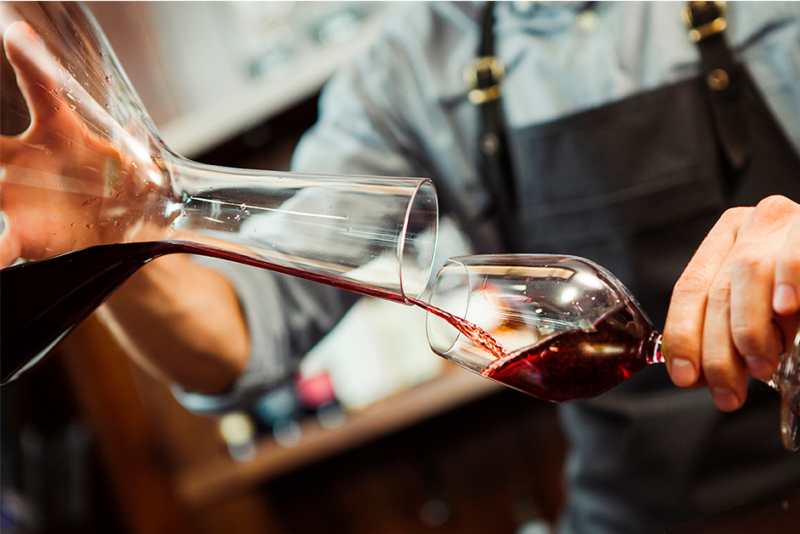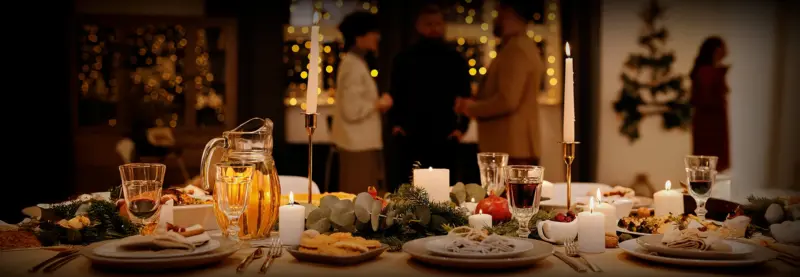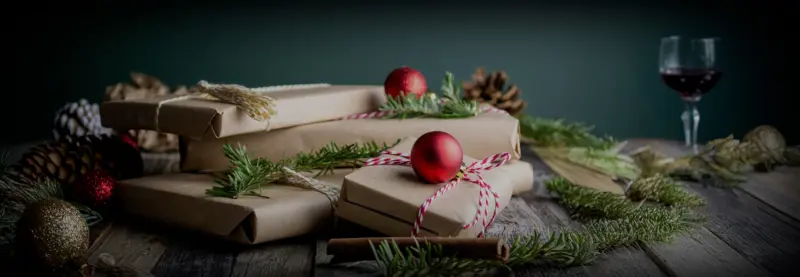Serving wine in the best possible conditions ensures a satisfactory experience. But how can we be sure that we are doing everything correctly? Luckily, wine has been around planet Earth for a long time, and an entire industry is dedicated to this beverage. Experts have already assessed and approved the available options. This is why professional experts, such as Sommeliers, specialize in several areas of wine, including serving it. In restaurants, bars, and wine cellars, Sommeliers are responsible for serving wine that has been stored correctly, and they can identify if it is defective or not before serving it.
Would you like to learn to serve wine like a pro while keeping its original flavor intact?
Serving Temperature
For the best tasting experience, it is recommended to serve white wines like Marques de Casa Concha Chardonnay at a temperature range of 8°C to 10°C. Red wines, such as Marques de Casa Concha Carmenère, should be served slightly warmer, between 16°C and 18°C. As for rosés, like Marques de Casa Concha Rosé Cinsault and light reds, they are best served towards the cooler end of the spectrum. But why these rules? It’s been proven that temperature can enhance or diminish a wine’s characteristics. A white served lukewarm will detract from the wine’s interest, while a very cold one may seem less expressive, more acidic, and more tannic. On the other hand, a red wine served above the adequate temperature will feel more alcoholic and less fruity.
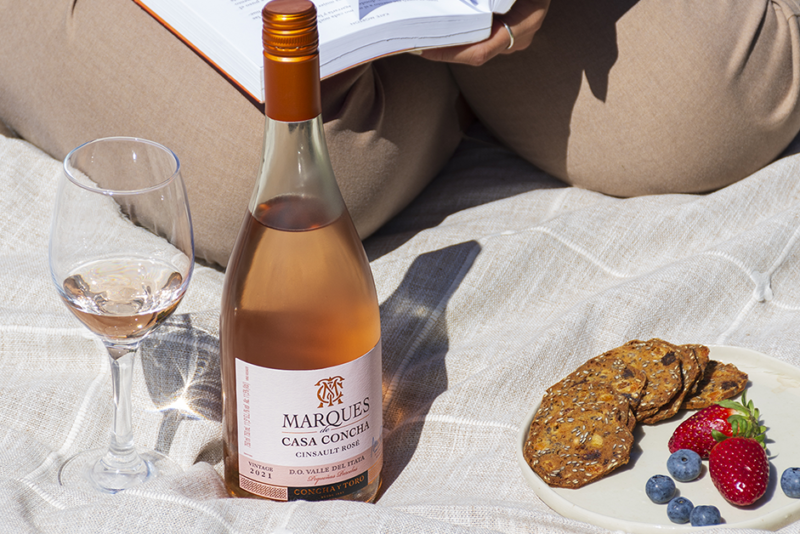
Opening the bottle
Serving wine correctly also involves other actions, such as opening the bottle properly and not breaking the cork. Nothing is worse than finding bits of cork in your mouth. It is crucial to have a suitable corkscrew for this purpose. The two-stroke corkscrew is very efficient and easy to use, and it also allows you to cut and remove the capsule from under the neck. For wines stored for a long time in a cellar, cleaning them with a cloth is essential to prevent dust from reaching the wine.
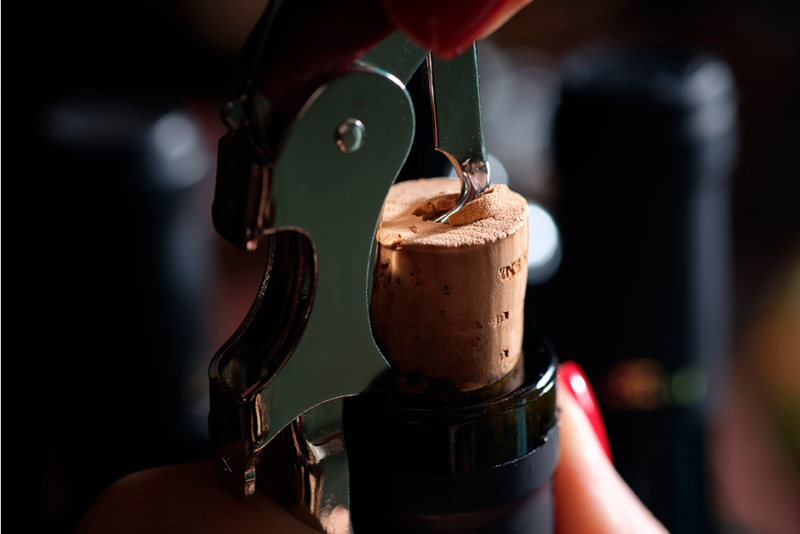
Suitable glasses
Since the aromas of wine are decisive when it comes to appreciating it on the palate, serving the wine in the right glass and only halfway through is extremely important for the experience. In addition, the following characteristics are recommended: transparent, with a foot, made of glass or very thin crystal, with a mouth narrower than its bottom but broad enough so that the wine can breathe. Riedel and Zalto brands offer excellent glasses.

To decant or not to decant?
Experts know oxygen can be a wine’s best friend and worst enemy because wine in contact with oxygen evolves rapidly. The first reason to use a decanter is to remove residues. Then, to maximize the experience of some young wines, as tannins are softened, fruit aromas are enhanced, the wine is rounded, and all its hidden potential or nuances are uncovered. It is commonly believed that most wines can benefit from decanting, except for very old red and white wines, which should be served straight from the bottle to preserve their bouquet.
